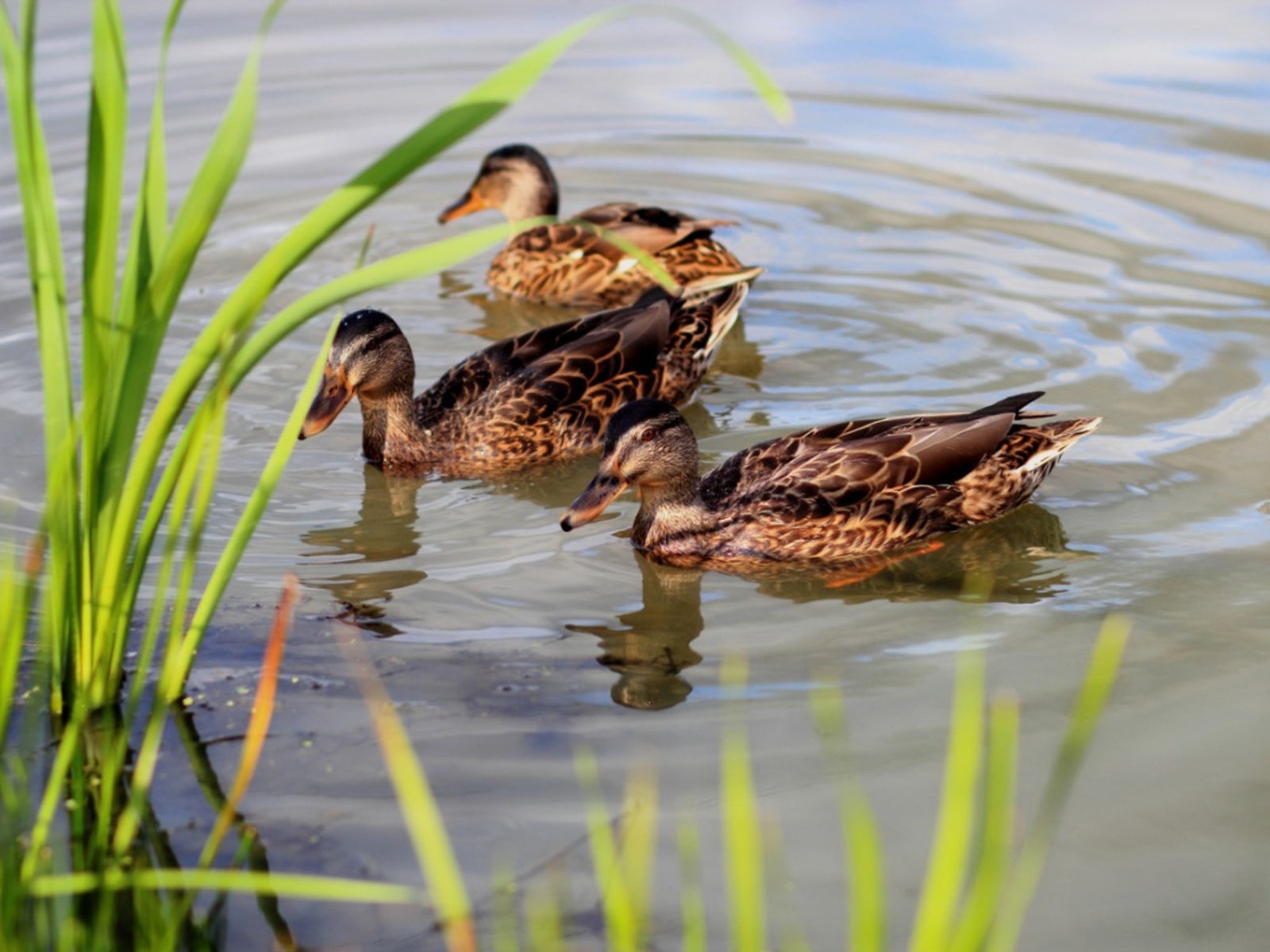Getting Ducks To Visit Ponds – How To Attract Ducks To Your Garden


Wild birds are enchanting in the home landscape, fun and funny to watch and add to the natural feel of the garden. Ducks, in particular, come in many sizes and colors, and are one of the more entertaining species of birds to have around the homestead. Native waterfowl are an indicator of a healthy environment and their migratory activities ensure different species at different times of the year. If you wish to know how to attract ducks to your garden, look no further – read on for some tips and tricks
Attracting Ducks to Your Property
Waterfowl management isn't just something for which the National Parks Department is responsible. As good stewards of land, it is incumbent for us to aid in the regulation and provision of wild animals. Attracting ducks to your property may be for purposes of bird watching, hunting or simply as a distraction. No matter your goal, wild ducks in garden ponds are lively additions to the landscape and you can feel good about providing them with their food, water and housing needs. If you have ever watched wild ducks in action, then you know they must have water. Ducks prefer shallow fresh water ponds. This is an inarguable requirement for having waterfowl in your landscape. If you already have a pond, you are in luck; otherwise, you will need to build one. The pond should have several depths to attract different species of ducks and aquatic plants for food and cover. Tall marsh grasses are easy to grow and provide protection for visiting fowl. The ideal pond will have sloping sides so the animals can easily get in and out of the water. Some birders swear that waterfalls and other noisy water features also help in attracting ducks to your property. Getting ducks to visit ponds starts with the coverage and clean water of your pond.
How to Attract Ducks to Your Garden
Once you have a nice aquatic space for your feathered friends, it is time to address food. Ducks are omnivorous and eat a wide range of plant and animal species. They can be fed on a platform with cracked corn, birdseed, kitchen trimmings and oats or wheat. To avoid having to replenish food stations, simply grow crops of barley, buckwheat, millet, corn or other grains in a field which can be flooded lightly. This is useful in larger landscapes where there is plenty of space and a flooded field isn't an imposition. A dike is useful to keep the flooded area intact. Alternatively, plant sedge, rye, smartgrass, bulrush and other seeding plants around your pond as both cover and food. The tall plants will make ducks feel secure while feeding and the nodding seed heads provide an alternate diet.
Other Tips on Getting Ducks to Visit Ponds
Wild animals like to feel safe when engaging in feeding and nesting behaviors. Other animals on the property can actually be a repellent because they are potential predators of the fowl. Dogs, especially, are scary to birds and even a large tomcat can be dangerous to nested babies. Do not use chemical pesticides or herbicides near the water site and use duck decoys to entice lonely ducks to stop in for a while. Nesting sites encourage wild ducks in garden ponds. Nest boxes may attract breeding fowl, but they should be placed in areas with good vegetative cover and where eggs will be safe from predators. Ducks spend a lot of time just resting. Provide logs, rocks and other sites to entice the birds to take a load off and enjoy your garden while you enjoy watching them.
Sign up for the Gardening Know How newsletter today and receive a free copy of our e-book "How to Grow Delicious Tomatoes".

Bonnie Grant is a professional landscaper with a Certification in Urban Gardening. She has been gardening and writing for 15 years. A former professional chef, she has a passion for edible landscaping.